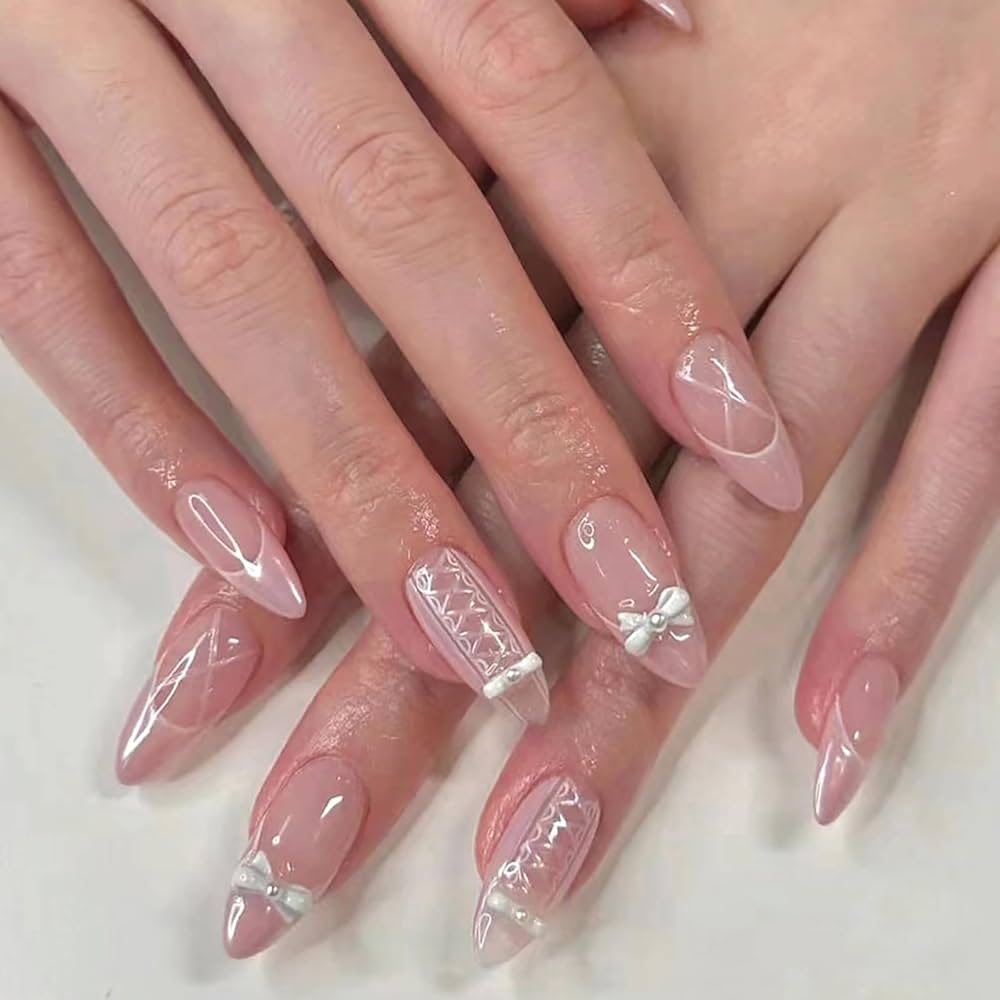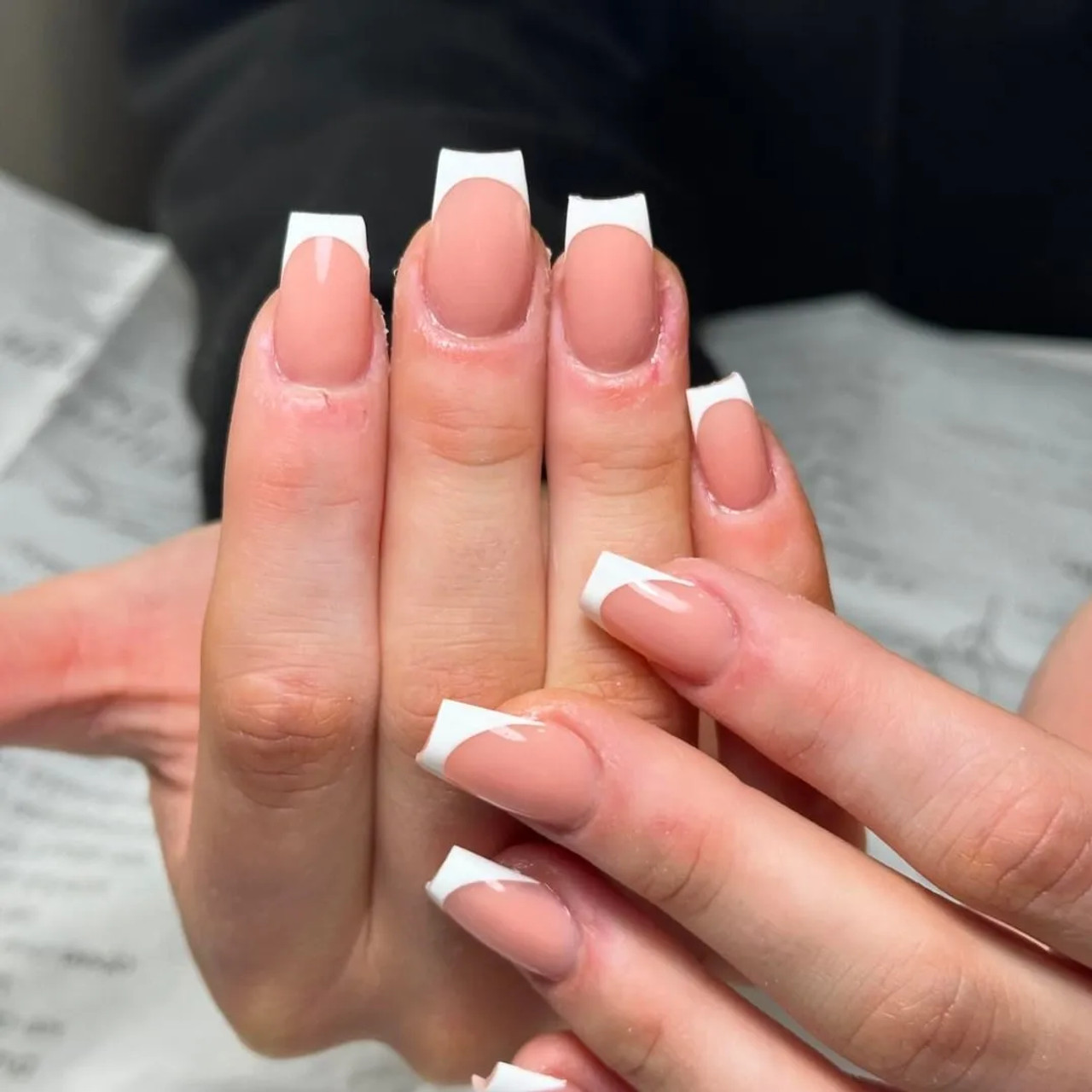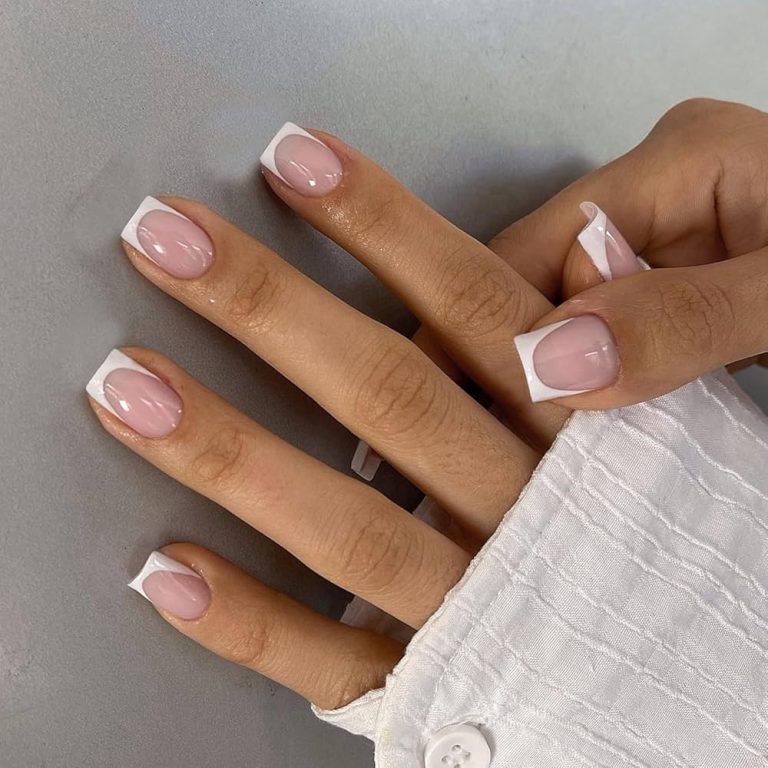
Accelarate Your Nail Growth: Speed Insights & Care Tips
How Long Do Nails Take to Grow?
Understanding the growth rate of nails is essential for various reasons. From personal grooming to nail health, knowing how long it takes for nails to grow can inform choices about care and maintenance. The average growth rate for fingernails is approximately 1/8 inch per month, while toenails grow at a slower rate of about 1/16 inch per month. Various factors can influence these rates, affecting both speed and overall health.
The Science of Nail Growth
Nail growth occurs in the nail matrix, located beneath the cuticle. This area consists of living cells that produce new nail cells. As these cells multiply, they push older cells forward, forming the visible nail. This process is continuous but varies based on several factors. For instance, nails usually grow faster in warmer climates and are known to grow more quickly during the summer.
Moreover, the growth rate can differ based on age. Younger individuals often experience faster nail growth than older adults. Hormonal changes, such as those in pregnant women, can also speed up growth. In contrast, conditions like hypothyroidism can slow it down. Nutrition plays a vital role in this process as well. A diet poor in vitamins and minerals may hinder nail growth, making it essential to consume a balanced diet rich in biotin, protein, and zinc.

Factors Affecting Nail Growth Rates
Various factors affect how long it takes nails to grow. Understanding this can help in managing expectations. For instance, genetics play a crucial role. Some individuals naturally have faster-growing nails, while others do not. Seasonal changes also impact growth rates. Nails tend to grow faster in warmer months and slower in colder months.
In addition to environmental factors, overall health significantly influences nail growth. Individuals with certain medical conditions may notice a slowdown in growth. For example, conditions like anemia or fungal infections can hinder nail development, leading to weaker and slower-growing nails.
Moreover, lifestyle choices also matter. Smoking, for instance, may reduce blood flow to the extremities, including the nails. This reduction can slow growth rates and weaken nails. Conversely, regular nail care, including moisturizing and trimming, can promote healthier growth.
Nail Growth and Age
As individuals age, the growth rate of nails tends to decrease. This slowdown is a natural part of the aging process. Younger individuals usually experience more robust and quicker nail growth, while older adults may notice their nails grow more slowly.
Hormonal changes associated with aging also contribute to this phenomenon. The body’s metabolism slows down, affecting various bodily functions, including nail growth. Furthermore, circulation may decline with age, resulting in slower cell regeneration in the nail matrix.
Health conditions that often accompany aging can also impact nail growth. For example, arthritis can restrict movement, making it difficult to take proper care of nails. Such neglect can lead to further weakening and slower growth rates over time.
However, maintaining a healthy lifestyle can mitigate these effects. Regular exercise and a nutritious diet can support overall health and encourage healthy nail growth, even in older adults.

The Role of Nutrition
Nutrition plays a vital role in supporting nail health and growth. A well-balanced diet that includes essential vitamins and minerals can make a significant difference in the rate and quality of nail growth. Biotin, in particular, is known for its positive effects on nails. Studies suggest that biotin supplementation can improve nail thickness and reduce brittleness.
Protein is another crucial element. Nails are primarily composed of keratin, a protein that requires adequate intake to support growth. Consuming sufficient protein-rich foods can help maintain strong and healthy nails.
Aside from these specific nutrients, hydration is equally important. Dehydrated nails may become brittle and prone to breaking. Drinking enough water throughout the day ensures that nails remain well-hydrated, which promotes healthy growth and reduces the risk of damage.
Furthermore, incorporating foods rich in zinc, iron, and omega-3 fatty acids can support overall nail health. A balanced diet not only promotes nail growth but also contributes to the body’s overall well-being.
Seasonal Variations in Nail Growth
Seasonal changes can significantly impact nail growth rates. Many people notice that their nails grow faster during the summer months than during winter. Warm weather often promotes better circulation, which can enhance the growth of nails.
In winter, colder temperatures can restrict blood flow to the extremities. This limitation may lead to slower nail growth during this season. Additionally, the drying winter air can weaken nails, making them more susceptible to breaking and chipping.
Individuals can take measures to counteract these seasonal effects. For example, maintaining proper hydration and using moisturizers can help combat dryness in winter. Regular manicures and pedicures can also encourage healthier growth.
Moreover, some people might find that their nail growth patterns fluctuate due to lifestyle changes that coincide with seasons. For instance, increased outdoor activities during summer months may lead to healthier nails as individuals engage in better nutrition and self-care.

Common Myths About Nail Growth
There are numerous myths surrounding nail growth that deserve clarification. One such myth is that cutting nails frequently makes them grow faster. In reality, cutting nails does not influence their growth rate, as growth occurs in the nail matrix below the cuticle.
Another common belief is that buffing nails will make them grow quicker. While buffing can improve nail appearance, it does not affect growth speed. Proper nail care is essential for overall health but does not change the inherent growth rate.
Some people think that using nail hardeners or supplements will magically accelerate growth. While certain products can improve strength and appearance, results vary among individuals. Nail growth is a complex process influenced by various factors such as genetics, age, and overall health.
Understanding these myths can help individuals set realistic expectations for nail growth. Instead of relying on quick fixes, focusing on a balanced diet and good nail care practices is more beneficial.
Tips for Promoting Healthy Nail Growth
Promoting healthy nail growth requires consistent care and attention. One effective practice is to maintain a balanced diet rich in key nutrients. Incorporating foods high in biotin, protein, zinc, and omega-3 fatty acids can foster healthier nails.
Another crucial aspect is hydration. Drinking adequate water and using moisturizers can help nails retain moisture, preventing brittleness. Additionally, regular trimming can maintain nail shape and reduce the risk of breakage.
Avoiding harmful habits, such as biting nails or using them as tools, is essential in promoting nail health. Such behaviors can lead to damage and slow growth. Instead, nurturing nails with gentle care can make a substantial difference.
Lastly, paying attention to overall health and managing any underlying conditions can improve nail growth. Regular check-ups and consultations with healthcare providers can offer valuable guidance on maintaining health and caring for nails efficiently.
Conclusion: Understanding Your Nail Growth Journey
Nail growth varies among individuals, influenced by numerous factors. Understanding the average growth rates, the role of nutrition, and the impact of seasonal changes can aid in managing expectations.
Focusing on a healthy lifestyle that promotes good nail care will contribute positively to nail growth. Embracing proper hydration, nutrition, and gentle care practices ensures that nails remain strong and healthy.
Consulting with professionals when needed can provide additional insights into promoting nail growth. In essence, nurturing nails is a journey best approached with knowledge, patience, and dedicated care.
In conclusion, taking these factors into account will help individuals achieve their desired nail health and growth. Remember, healthy nails reflect a well-cared-for body, enhancing overall confidence and well-being.
Addressing Slow Growth and Nail Damage
If you notice your nails are growing slowly, it may be due to underlying health issues. It’s crucial to identify and address these problems for your nails to recover.
Identifying and Managing Underlying Health Issues
Noticing slow nail growth can signal health concerns. Conditions like thyroid problems, nutritional deficiencies, or hormonal imbalances can affect growth. Sometimes, infections or skin diseases also impact how fast nails grow. Consult a healthcare professional if you suspect any of these issues. They can diagnose and provide appropriate treatments to manage the condition.
A balanced diet is important for overall nail health. Include vitamins and minerals known to boost nail strength. Consider supplements with biotin or omega-3 fatty acids if your diet lacks these nutrients. Remember, patience is key when addressing health issues. Results won’t appear overnight, but gradual improvements will show with proper care.
Recovery and Protection Strategies for Damaged Nails
When nails are damaged, it’s important to have a recovery strategy. Start by keeping nails trimmed and filed to minimize further breakage. Use a nail strengthener to provide an extra layer of protection. Hydrate with a good quality nail oil, especially around the cuticle area. Wear protective gloves during tasks that could damage your nails, like washing dishes or gardening. Also, be gentle when removing any nail polish or artificial nails to avoid damaging the nail bed.
Avoid harsh chemicals in nail care products. Opt for acetone-free removers when cleaning off nail polish. Seek professional help for manicures once in a while, as experts can provide specialized advice and care. With proper protection and recovery strategies, damaged nails can regain their health and strength over time.

